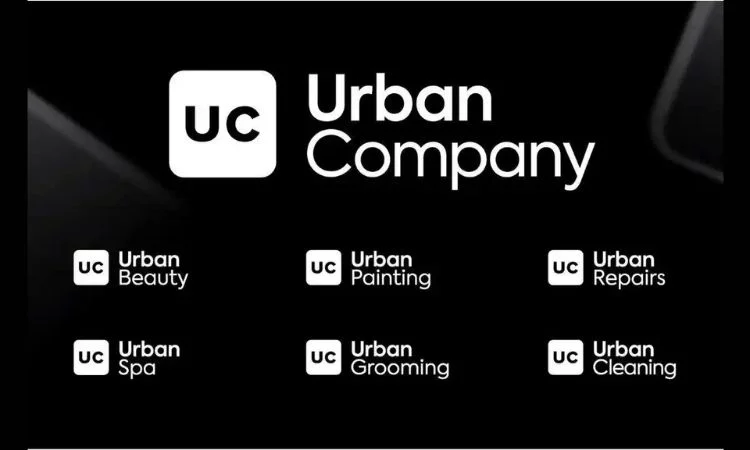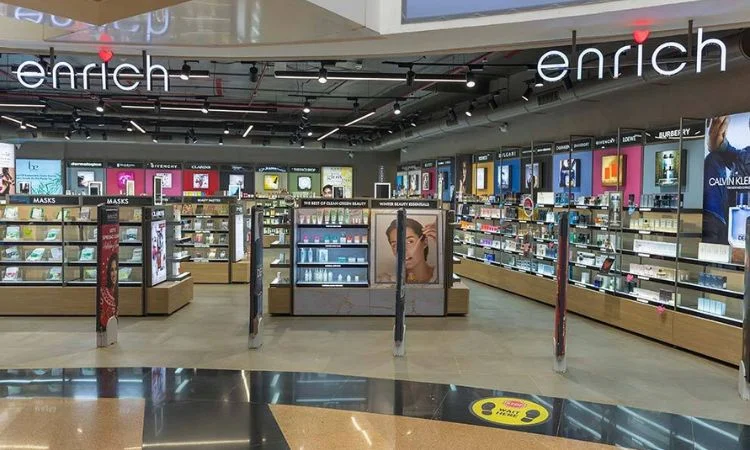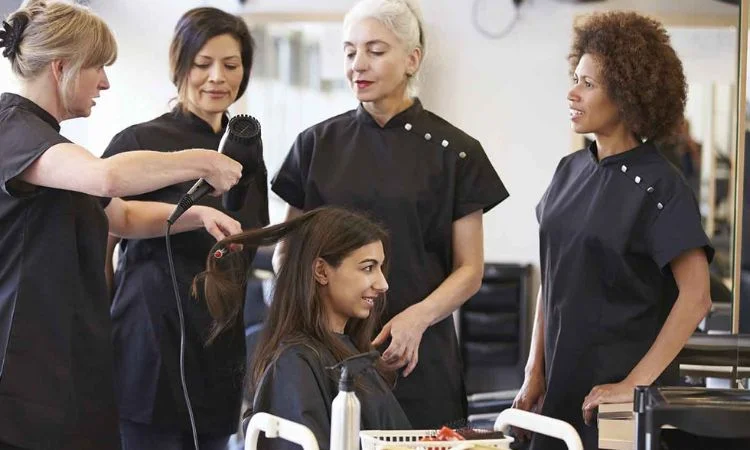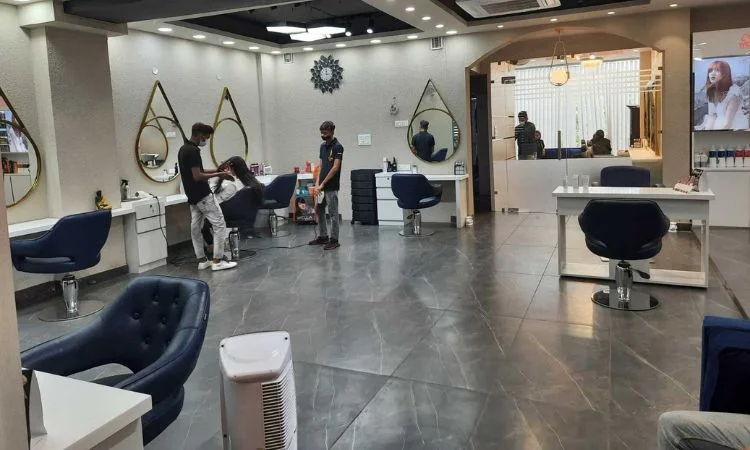In recent years, beauty and well-being in the Indian industry have increased dramatically, making this a lucrative venture for young entrepreneurs. A boosted demand for personal grooming, skincare and makeup, and wellness services has led to beauty parlors being utilized heavily in metropolitan areas and rural villages. With the relatively newfound need for self-care and good looks among the masses, especially in Indian society, where weddings, festivals, and ceremonies take center stage, the demand for professional beauty services is high.
Starting a beauty parlor business in India creates an excellent opportunity for anyone who is enthusiastic about beauty and style to turn their skills into a lucrative venture. However, opening up an effective parlor doesn’t depend on your ability to style the hair or apply makeup but on strategic planning, market research, proper equipment, effective marketing, and skilled staff.
This guide will outline the critical aspects regarding launching a beauty parlor in India, from conducting market research and defining your niche to obtaining licenses and attracting the correct clientele. Learn from successful examples in this industry and follow these phases to establish a flourishing business in the beauty parlor line.
Table of Content
| S. No. | Step-by-Step Guide on How to Start a Beauty Parlour |
| Market Analysis and Planning | |
| Defining your niche and services | |
| Choosing the Right Location | |
| Business Plan Formulation | |
| Legal Formalities and Licensing | |
| Equipment and Supplies | |
| Staff Recruitment and Training | |
| Unique Brand Identity Creation | |
| Promote Your Beauty Parlour | |
| Successful Beauty Parlours in India | |
| Conclusion |
1. Market Analysis and Planning
This involves detailed market research when stepping into the beauty industry. Knowing who the target clients are, the local competitors and the existing trends in the industry will keep you abreast of information that is useful to your business model.
- Identify the target group you will service: working professionals, students, bridal clients, etc.
- Competitor Analysis Know your local competitor: Find gaps in the services and know how they price them.
- Trends in the Market: Monitor the trending organic skincare, vegan beauty products, and personalized treatment.
In this regard, UrbanClap, now renamed Urban Company, takes the benefits of beauty services at home for customers’ comfort, not to mention how far it is from the traditional parlors.

Source: Urban Company
2. Defining your Niche and Services
In the beauty industry, several services like hairstyling, makeup, skincare, nail care, and other spa treatments exist. Choose your specific services based on your skills, target audience, and their needs in the market.
- Niching: This is the most crucial step in building a niche brand. MyGlamm’s niche is luxury beauty, while Naturals Salon has targeted the middle class by offering them beauty treatments at affordable prices.
- Service List: They mostly cut hair and give facial treatments, manicures, and bridal make-up. However, one can specialize in treatments like Ayurvedic, organic facials, or body spa treatments for something specific.
3. Choosing the Right Location
Location plays a very significant role in determining the success of your beauty parlor. Pick a place that is conveniently accessible and provides good visibility. It should fall within access to the market target.
- Residential Areas: Beauty parlors attract local clients, mostly for regular services like haircuts and facials.
- Commercial Spaces: Open a branch in malls or multi-commercial complexes. More footfalls will likely be generated, but that cannot be done without investing more.
Example: Jawed Habib Hair & Beauty Salon has opened selective branches in cities besides busy streets across India to ensure easy accessibility for different clientele groups.
4. Business Plan Formulation
A good business plan will source funding, plan the resources needed, and chart the way for your business. The report’s scope must include financial projections and operational and marketing strategies.
- Trade License: Obtain a trade license from the municipal corporation of the local area
- GST Registration: If the Annual Turnover exceeds Rs 20 lakh, then register for GST.
Example: With a small setup starting, the Enrich Salon chain was made aware of the quality of service to be delivered, slowly expanding into what it has today-Becoming a brand of repute all over India.

Source: Google Images
5. Legal Formalities and Licensing
Running a beauty parlor requires a series of licenses and registrations that need to be obtained by local laws.
- Registration of Business: All business houses have to get registered as a sole proprietorship, partnership, or a private limited company
- Trade License: Obtain the trade license from the municipal corporation in the locality
- GST Registration: If the annual turnover exceeds INR 20 lakh, get registered for GST.
Example: Green Trends is a chain of Indian franchise stores that is popular all over for the same reason mentioned. Thus, the following individual feels assured about the brand and purchases from it.

Source: Google Images
6. Equipment and Supplies
The quality of your beauty parlor very much depends on the equipment and products you use to provide. Invest in quality equipment to provide quality professional services and a better customer experience.
- Necessary equipment: Styling chair, shampoo unit, hairdryer, mirror, facial steamer.
- Beauty products: You must source branded and trustworthy products for skincare, hair care, and makeup. Many parlors opt for organic and cruelty-free products due to a growing demand.
Example: Branded products are used in all treatments at Lakme Salon so that their customers and clients can be confident and loyal toward the brand.
7. Staff Recruitment and Training
Qualified, friendly staff personnel can distinguish between a desirable beauty parlor and one that is not. Invest in continuous training, ensuring your team is updated on the latest techniques and trends.
- Experienced Staff: Hire stylists, beauticians, and makeup artists with experience in providing services.
- Training: Provide regular training for quality service. Many parlors have their training academies to maintain uniformity in the quality at all the outlets, which include Naturals.
Example: VLCC already has its well-defined training academy, and it generates highly skilled beauty professionals, which adds to the brand’s credibility.

Source: Google
8. Unique Brand Identity Creation
A unique brand identity will make you different from others; from the parlor’s name to the interior, a brand will attract and retain more customers.
- Name and Logo: Suggest an attractive, catchy name and a professional logo.
- Salon Interiors: Invest in a relaxing setting and beautiful setup because aesthetics greatly affect customer satisfaction.
For instance, Blossom Kochhar Aroma Magic is known for soothing interiors and fragrance-themed and natural remedies, which are an identity in itself in the market.
9. Promote Your Beauty Parlour
There are a variety of ways that you can market to the clients that you want to attract. Some online and offline approaches include social media, customer referrals, and special promotions.
- Social Media: Use Instagram, Facebook, or YouTube to show people what you do, creating a loyal fan base. Create tutorial videos, before-and-after photos, or testimonials from clients.
- Customer Referrals: Word of mouth is the best concept in the beauty industry. Provide discount incentives to make the clients refer your parlor to others.
Example: BBlunt, a leading salon chain, has a robust social media presence and interacts with its audience by updating them on various hairstyles and product styles, thus giving brand value.
10. Successful Beauty Parlours in India
Understanding the story of how success in Indian beauty parlors has been very helpful in motivating and guiding practice.
Jawed Habib Hair & Beauty Salon: Jawed Habib was a single salon that has now expanded to become one of the largest salon chains in India with more than 800 outlets. They gained popularity for providing services at affordable prices but with quality and consistency.
Lakme Salon: Lakme is one of the first Indian salon chains to popularize professional beauty services and products. High-quality services and continuous innovation have catapulted Lakme to the top.
Naturals Salon: The middle-class-focused Naturals has more than 650 branches and franchisees, so its wide customer base can have affordable service.
VLCC: This group is especially famous for its wellness approach, with beauty treatment and weight management services at its core. The credibility combined with both has helped in gaining a market presence.

Source: Just Dial
Conclusion
A beauty parlor business in India has many dedicated plans that call for understanding the target audience and commitment towards quality service. It ranges from appropriate location and equipment to the selection and recruitment of skilled staff and effective marketing strategies, among other factors, to build your beauty business.
With these recommendations and examples of known brands, you can establish a beauty parlor that will accomplish the needs of the Indian market with long-term customer loyalty. Over time, trends shaped in the beauty industry will influence the capacity to evolve and innovate, which will help you achieve much-in-demand success within this lucrative field.















